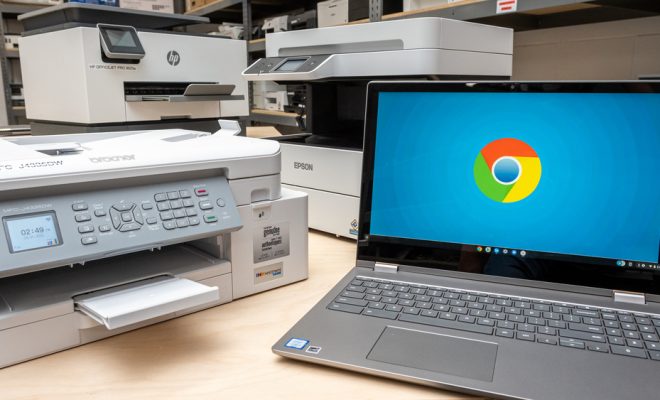How to Know If Someone Read Your Email on AOL

As an AOL user, you may often wonder if your email messages were read by your recipients. This is a common concern for email users as it helps to ensure that the communication between them and their contacts is effective. Thankfully, AOL provides a way for users to know if someone has read their email messages.
Here are the steps to follow in order to know if someone has read your email on AOL:
1. Compose an email message as you normally would and include a request for a read receipt.
2. To do this, select the “Request a read receipt” option located in the “Options” menu on the message composition screen. This will attach a tracking code to your email message that AOL will use to inform you if the email has been opened.
3. Next, ensure that your recipient has enabled read receipts on their AOL email account. If not, the tracking code will not be activated and you will not receive any notification.
4. Once the recipient receives your message, they will be prompted to either allow or deny the request for a read receipt. If they accept the request, you will receive a notification in your inbox indicating that your email message has been read.
5. The read receipt can be found in your inbox, along with the original email message. It will show the date and time that the recipient opened the email and any attachments.
In addition to the above steps, there are other ways to tell if someone has read your email on AOL. For example, if the recipient replies to your email, it is a good indication that they have read it.
Another way to tell if someone has read your email on AOL is by looking at their online status. If the recipient is online and has not responded to your email, it is possible that they have read it and are simply busy or unable to respond at the moment.
In summary, the ability to know if someone has read your email on AOL is an important feature that enhances effective communication between users. By following the steps outlined above, you can ensure that your messages are being received and read, thus avoiding any miscommunication or confusion.





